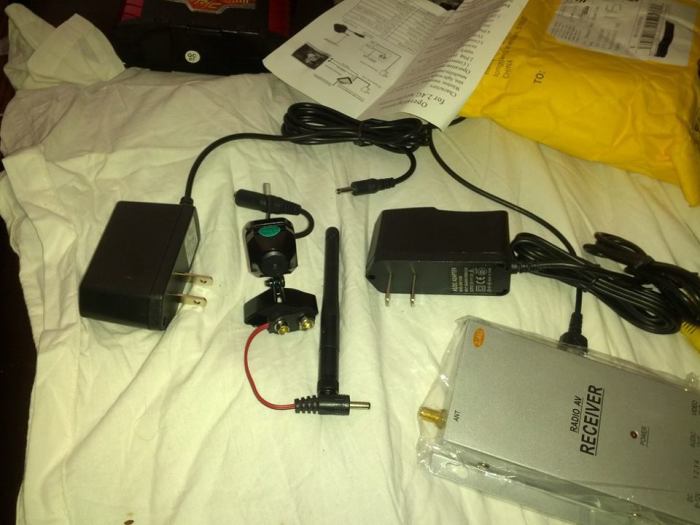I went out last Friday for a quick flight. It was a cooler, blustery day but I still wanted to make the most of it. The sun was beginning to set, and the sky was mostly clear with a few scattered clouds.
The gusting wind and lack of an open area on the ground made this a difficult launch. There is a small park and walking trail near my house which lets you reach down to the water. Sitting down in the river valley, a bend away from Hunt Club you don’t hear as much of the city noises.
I only managed to get a few good shots of the river as the wind wanted to play around with my Parrot AR. I had to seek shelter behind trees to stay out of the wind, but the dead spots themselves were unpredictable.
The fading light didn’t help out the camera any, but there was still lots to see. I would have like to get closer to the bridge, but the wind would not let me do so in a controlled fashion. Popping out over the river and out of the shelter of the trees would cost me almost two hundred feet of river and a lot of back tracking.
It was a quick, fun outing which may be one of my last Friday night flights. The sun is starting to set around 1900 here and I’m not getting back from work in time. I may have to get some extra LEDs or mini flashlights so I can see my Parrot whizzing around in the dark.





